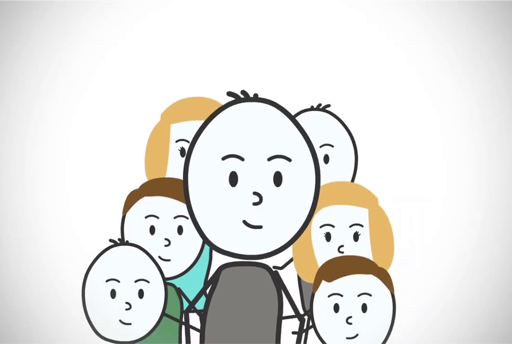4.4 Building trust and relationships
You’ll have realised by now that the most important elements of effective communication overlap and interlink. For example, building trust is much easier if you can show empathy for the other person, actively listening and asking them the effective questions as you build your relationship.
Watch this short video from Accredited Skills to learn more.

Transcript: Video 5
When you work in an environment where colleagues trust each other and have positive relationships, the communication between them will be more honest and open and therefore more effective.
In a blog for Psychology Today, Russell (2016) lists a number of characteristics of a workplace where trust is in action. Many of them relate to communication, including:
- Ideas are shared freely; contribution, collaboration, innovation, and cooperation thrive.
- Victim thinking, finger-pointing, and negative storytelling are infrequent.
- Regular feedback and dialogue is commonplace.
- Healthy conflict, grounded with best-of-self behaviours like integrity, ethics, and big-team thinking prevails.
- People like each other and show care and concern for one another, even volunteering to pitch in when others need assistance, without needing to be asked.
